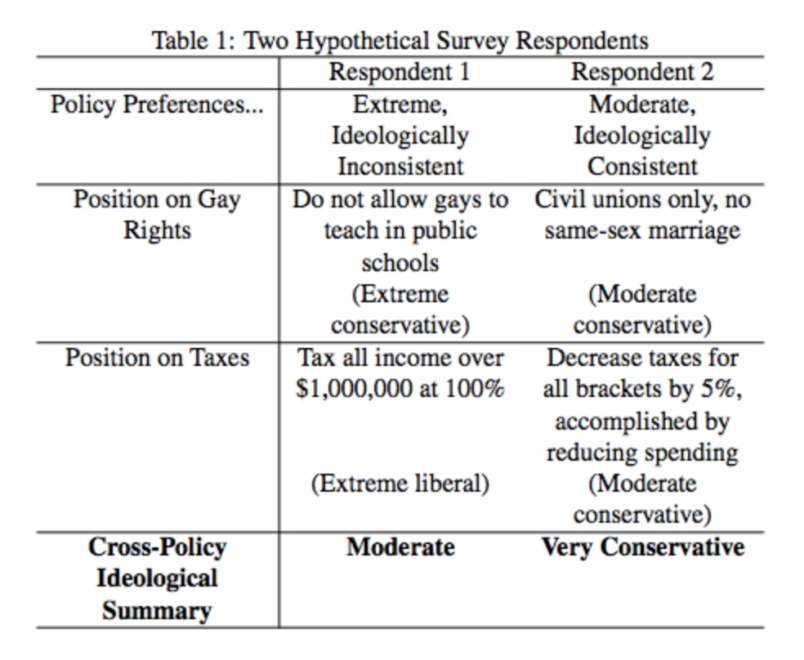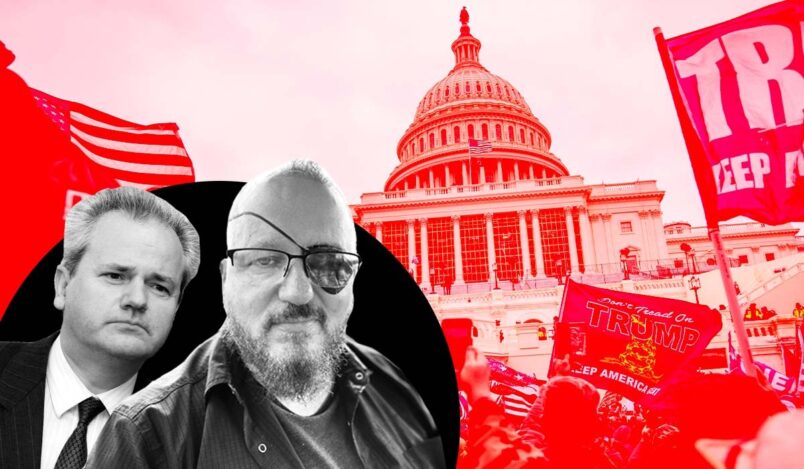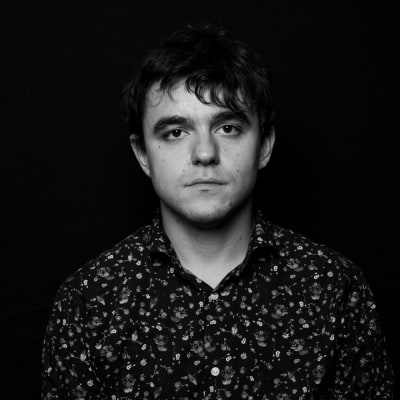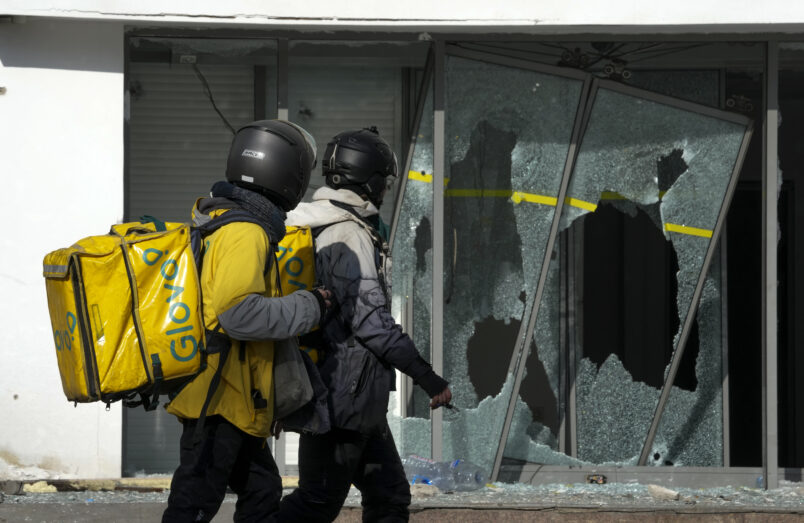UK
London hospitals workers to strike over ‘BAME staff pay’

By: Alastair Lockhart
HUNDREDS of workers at three East London hospitals will strike for two weeks over a pay dispute with their employers.
Staff at the Royal London Hospital, St Bartholmew’s Hospital and Whipps Cross Hospital plan to take action from Monday, January 31 as they try to push Barts Health NHS Trust and employers Serco to increase their pay.
Those involved are all members of the Unite union and work for Serco at the hospitals, both run by Barts Health Trust.
No figures are available for how many of the workforce are involved.
Unite claims staff at the three hospitals, which it says are predominantly black, Asian and minority ethnic (BAME) employees, are paid 15 per cent less than those employed directly by the NHS.
The union accused Serco and Barts Health of “exploiting” the caterers, cleaners, porters and other staff employed by Serco at Royal London, St Bart’s and Whipps Cross.
Contractors Serco said it had recently increased its offer of a pay rise to three per cent for staff to address their concerns.
However, Unite could not reach an agreement with the employer, arguing that far more was needed to match the 7.5 per cent inflation rate.
Sharon Graham, Unite’s general secretary, was highly critical of the hospitals’ and Serco’s pay to their workers.
She said: “These workers face the same risks as NHS-employed staff but they are paid significantly worse and treated disgracefully.
“Barts Health NHS Trust has a golden opportunity to bring these workers, employed by Serco and not the NHS, back into NHS employment.
“It’s time to end the injustice of a two-tier workforce. Unite is 100 per cent behind our members’ battle against low pay and exploitation.”
Serco responded by criticising the strike and calling for further talks.
The company’s contract director for Barts Health, Taddy McAuely, said: “We are extremely disappointed with the notification of strike action from Unite as we recently increased the pay offer for our employees to a total of three per cent, backdated to April 2021.
“This is the same percentage increase as that being received by people directly employed by the NHS.
“Serco also recently announced a £100 ex-gratia payment for all of our 52,000 front line employees around the world including all our colleagues at Barts Health.
“We look forward to further discussions with Unite and hope to work together to find a resolution that avoids the need for this unnecessary strike action.”
Shane DeGaris, deputy group chief executive at Barts Health NHS Trust said: “Over the next 13 months we will be considering future arrangements of the facilities management contract, which could include bringing some services back in house.
“We are hopeful that this matter can be resolved but are working with Serco to put the appropriate measures in place and ensure hospital services are supported if strike action does go ahead.”
(Local Democracy Reporting Service)
NHS pay rise: Health workers back unions’ call for inflation-proof deal and warn they are at ‘breaking point’
‘Staff are burning out … a lot of them are exhibiting what are recognisable symptoms of trauma’

Healthcare workers have backed union calls for an inflation-proof pay rise for NHS staff, warning the health service is at “breaking point”.
Fourteen unions, representing 1.2 million health staff in England, have called on the Government to raise NHS pay and raised fears of a “growing exodus of exhausted staff”.
In a submission to the independent NHS pay review body, the unions urged action on pay to stem an “alarming” loss of medics. Inflation rose to 5.4 per cent last month, the highest for nearly 30 years, and as the cost of living crisis has deepened frontline workers have demanded a boost to pay.
Dr Yaso Browne, a Hampshire-based GP speaking on behalf of the Doctors’ Association UK (DAUK), told i: “People were encouraged to ‘protect the NHS’, but the people of the NHS need protecting from unfair freezes on their pay.
“For years NHS staff have been offered wage increases below or barely meeting the cost of living, in real terms. They have gone and are still going above and beyond to keep the NHS running. Their pay needs to reflect the value the Government proclaimed it held for the NHS throughout the pandemic, and still claims it holds.
“Paying people a fair wage is a much-needed reality if we have any chance of retaining highly trained staff.”
Joan Pons Laplana, a former intensive care nurse who is now a senior manager for Health Education England, which co-ordinates training and education of NHS staff, said the spiralling cost of living and years of below-inflation pay rises had seen workers hit hard.
Mr Laplana, who left his frontline nursing role after developing PTSD during the second Covid-19 wave last February, said the most recent three per cent pay offer had been the “most generous for years” but was still “well below inflation”.
He told i: “This has been going on for the last 10 years. Our pay rise year after year has been zero or, at the most, 1 per cent. From 10 years ago I am earning £4,000 less than I am supposed to earn because of the cost of living.
“It’s around 16 per cent of my salary – that is not sustainable. When I came to this country 25 years ago it was a fantastic salary. Now, not so much.
“I completely agree with the unions. We cannot lose any more nurses. It’s at breaking point, the NHS.”
London has a “massive problem” with the retention of cleaning staff as the cost of living continues to rocket, with workers choosing jobs in supermarkets instead, Mr Laplana said.
Hundreds of hospital staff in the capital including porters, cleaners and catering staff, are to go on strike in a dispute over pay.
Members of Unite employed by outsourcing company Serco at London hospitals St Barts, the Royal London and Whipps Cross, will walk out for two weeks from 31 January. Unite said the staff, mainly from black, Asian and other ethnic minoritties, are paid up to 15 per cent less than directly employed NHS workers.
Serco said it had recently increased its pay offer to a total of 3 per cent, backdated to last April, adding it was the same as that being received by people directly employed by the NHS.
Mr Laplana said: “We are a team, and at the moment they deserve to earn more. If they go on strike I will support them. Porters, cleaners, catering and everything they are very important.
“Without them the rate of infection in the hospitals and the waiting lists would be even longer and higher.”
Dr Rachel Sumner, a psychologist and a researcher on the CV19 Heroes project which tracks frontline worker well-being during the pandemic, said NHS participants in the study believed an inflation-proof pay increase was “long overdue”.
Dr Sumner, based at Cardiff Metropolitan University, told i: “Our participants have mentioned on many occasions in the almost two years since we started doing this project that the pay award is a very serious issue of concern in terms of their being able to stay in their current roles, particularly given he challenges they are having to continue to undertake at the moment.
“The question about the pay – when it was questioned in the summer of 2020 and eventually turned down for nurses – some of our participants referred to it as a kick in the teeth.
“At the moment what we are seeing is, over time, a gradual decrease in the welfare and general well-being of these workers for a variety of reasons.
“The pay factor is one [reason]. The fact they are burning out [is another]. A lot of them are exhibiting what are recognisable symptoms of trauma in the way that they speak and the way they recount things to us in our survey.”
She added: “There is an acknowledgement from our frontline workers that we came into the pandemic – particularly in the NHS – in a poor state and that has only got worse. And if we start seeing people leaving their roles we are going to be in serious trouble, in my opinion.”
A Department of Health and Social Care spokesperson said: “NHS staff, from doctors and nurses to paramedics and porters, have rightly received a 3 per cent pay rise this year, which has increased nurses’ pay by £1,000 on average. We will consider the pay review bodies reports carefully when we receive them.”




 © Colin Butler/CBC News This bright yellow sign was erected by protesters in Teeswater, Ont., a small farming town in the municipality of South Bruce, one of two sites where the NWMO is considering storing Canada's stockpile of used nuclear fuel.
© Colin Butler/CBC News This bright yellow sign was erected by protesters in Teeswater, Ont., a small farming town in the municipality of South Bruce, one of two sites where the NWMO is considering storing Canada's stockpile of used nuclear fuel.






